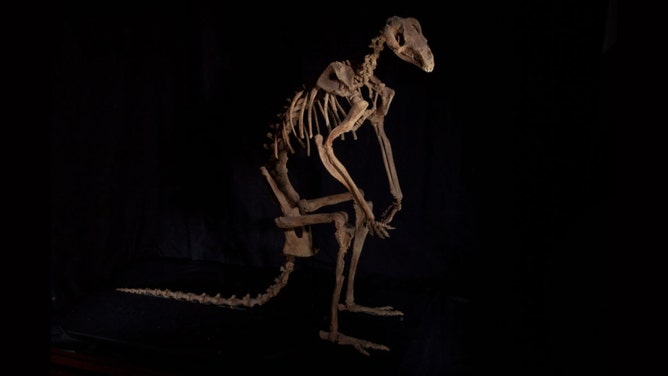Turns Out We A Lot Of Us Have More In Common With Prehistoric Giant Kangaroos Than We Thought
Scientists now believe that we might have something in common with an ancient giant kangaroo that roamed — where else? — the continent of Australia between 40,000 and 5 million years ago.
According to The Guardian, Protemnodon is an extinct species of kangaroo that was way larger than anything we've got hopping around today. Researchers say they're about twice the size of modern red kangaroos and could tip the scales at 170 kilos, which, for those of us that prefer good ol' fashioned customary measurements, that's about 375 pounds.
SIGN UP for The Daily OutKick. New Look, Same Attitude.
So, given their size, researchers assumed that they were kangaroos about town, but it turns out that may not have been the case.

Dr. Scott Hocknull, a paleontologist and senior curator at the Queensland Museum, was the co-author of a report detailing a new study of Protemnodon teeth that determined they were actually "homebodies."
"These gigantic kangaroos were just chilling at home, eating the rainforest leaves, because there were heaps of them around," the report reads. "That also means that the environment was quite stable. It meant that over hundreds of thousands of years, these animals decided that staying put was a good bet."
"Chilling at home," you say? I can get behind that.
I've always felt a kinship with kangaroos, mainly based on my ferocious right hook and my affinity for keeping things in pockets.
But now that I know they were turning down plans to stay at home and crush some leaves — just like I do, except I'm usually eating chicken wings and watching The Munsters — I really feel like a kinship.
But I do wonder how they learned this from teeth. Like, if I showed my dentist a photo of someone's teeth, I don't feel like he'd be able to tell if the person whose teeth they were took a semester abroad in college or if they had never left the county they were born in.
But I guess that's why they're scientists.